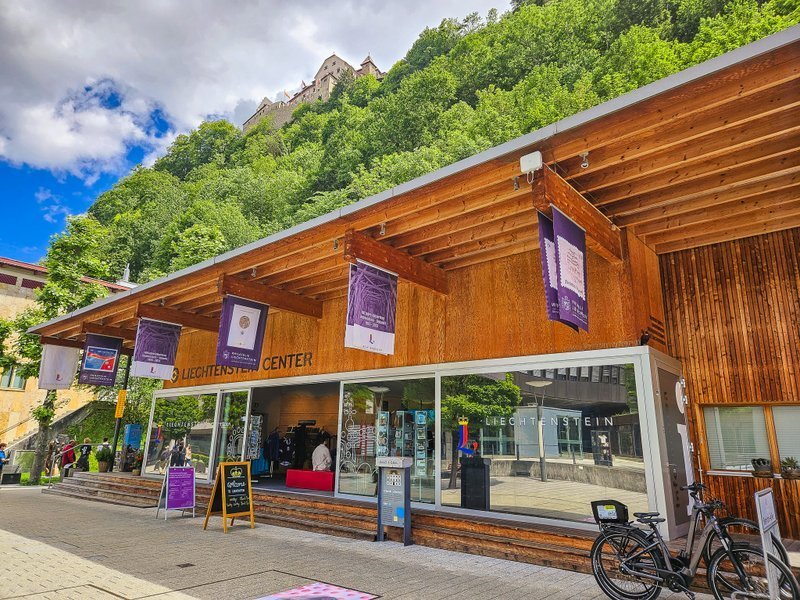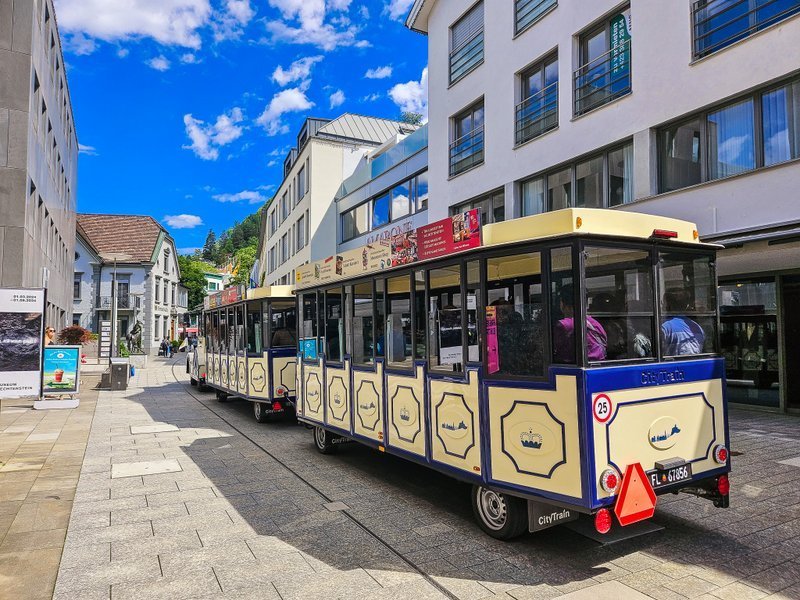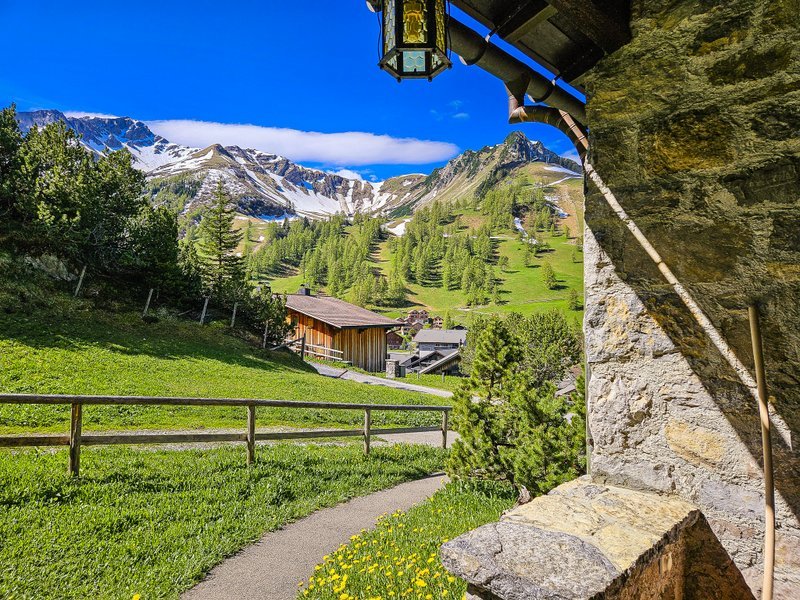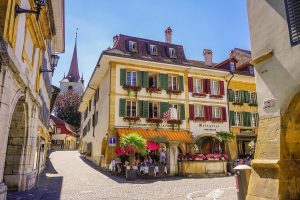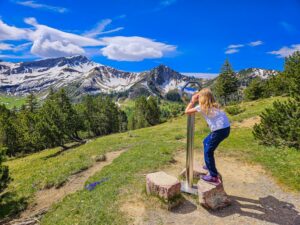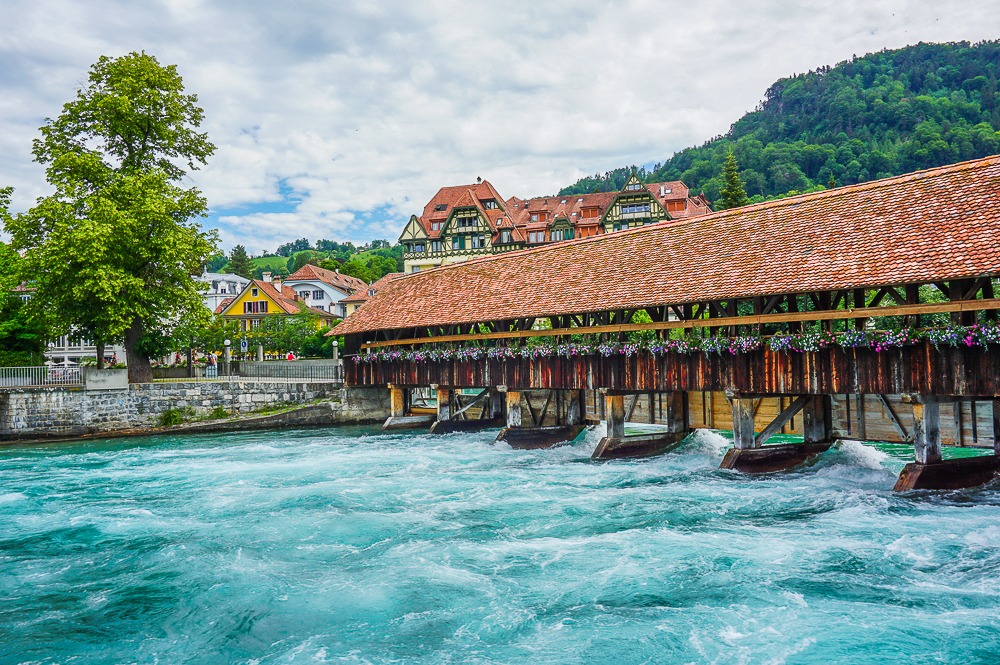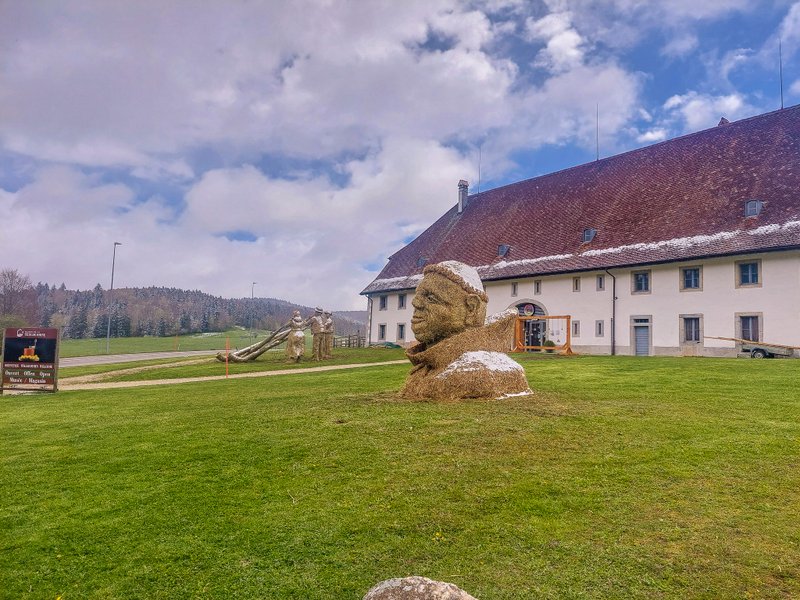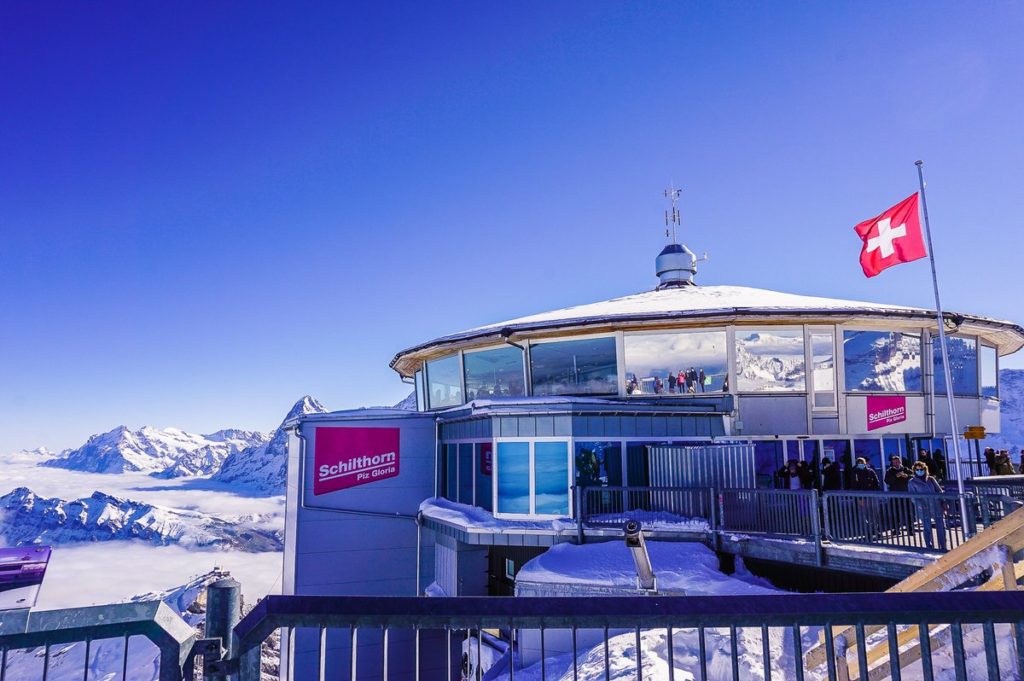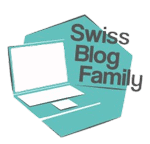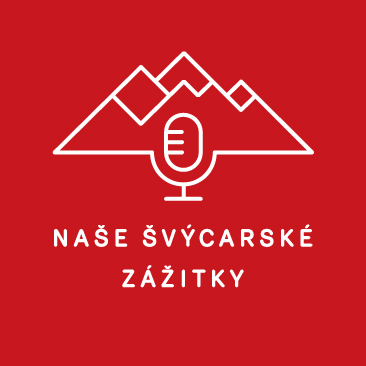The Principality of Liechtenstein, squeezed between Austria and Switzerland, is the fourth smallest country in Europe and the sixth smallest in the world, with an area of just 160 square kilometers. Surprisingly, Liechtenstein is also one of the least traveled countries in the world; you won’t find it at the top of the travel charts. On the one hand, this is a good thing, as you can recharge your batteries here and enjoy the country away from mass tourism. On the other hand, it’s a shame because Liechtenstein has a lot to offer its visitors.
The Principality of Liechtenstein is compact enough for a long weekend and big enough for a wide range of activities: from culture, history, and a diverse culinary scene (including its own vineyards and brewery) to family-friendly outdoor activities—from biking to hiking to skiing. This guide lets you discover Liechtenstein’s diversity in just one weekend.
NOTE: This article was written in collaboration with Liechtenstein Marketing. All opinions and insights are my own.
Practical information you should know before traveling to Liechtenstein
What’s the easiest way to get to Liechtenstein?
Liechtenstein does not have an airport; the nearest airport is Zurich in Switzerland. You can take the train to Sargans or Buchs, which are connected to Vaduz by LIEmobil buses. From Austria, the nearest train connection is Feldkirch. With the Adventure Pass (more on this below), you can use all LIEmobil bus lines free of charge. If you arrive by car (there is no highway through Liechtenstein), you can park in several parking garages in the center of Vaduz (parking is free on Sundays and public holidays).
How do I pay in Liechtenstein?
The currency in Liechtenstein is the Swiss franc. As everywhere else in the world, payment by card is common. But you can also pay in euros. And you can even pay with Bitcoin at the local confectionery Dolce Vita!
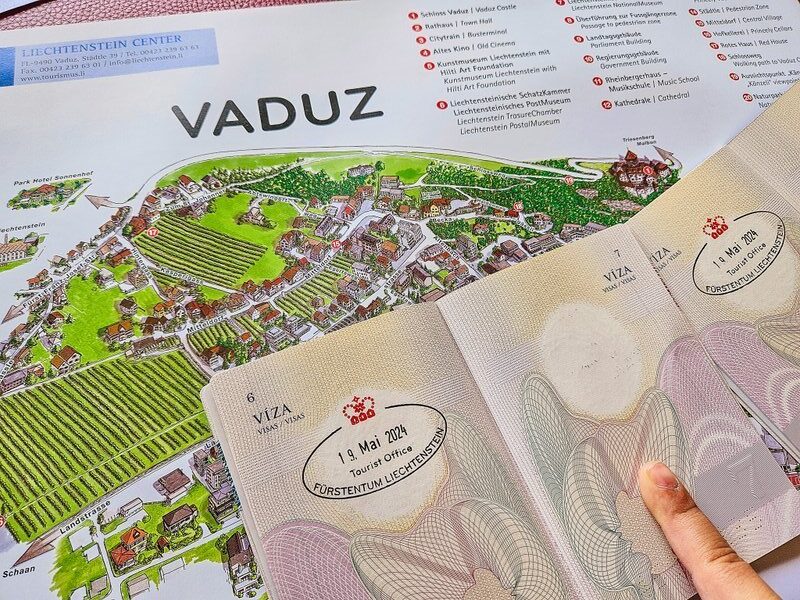
Visiting Liechtenstein: where to go, what to see, and how to spend a weekend.
Day 1: Vaduz – an insider tip for art and culture lovers
The small capital of Liechtenstein offers many highlights. Not only does it not have the status of a town (it only has 5,300 inhabitants), but it is not the largest town in Liechtenstein. This makes Schaan, with its 5,800 inhabitants, somewhat larger. Vaduz lies on the right bank of the Rhine, which also forms the border with Switzerland. The castle, the seat of the Prince, rises on a rock above the town. However, it is not open to the public. The main center of Vaduz is the car-free Städtle, where most sights can be found. My personal tip: Vaduz has more museums per square meter than anywhere else. Judge for yourself:
Liechtenstein National Museum
At the Liechtenstein National Museum, you can learn all about the history of Liechtenstein, from the Stone Age to modern-day industry. Today, Liechtenstein is one of the world’s most developed and wealthiest countries, alongside Switzerland. Once a poor country, Liechtenstein has one of Europe’s highest standards of living thanks to trade, industry, low corporate taxes, and innovation. Did you know there are more jobs in Liechtenstein than inhabitants, which is why many people commute here to work? And brands such as Swarovski, Hilti, and Hoval come from here?
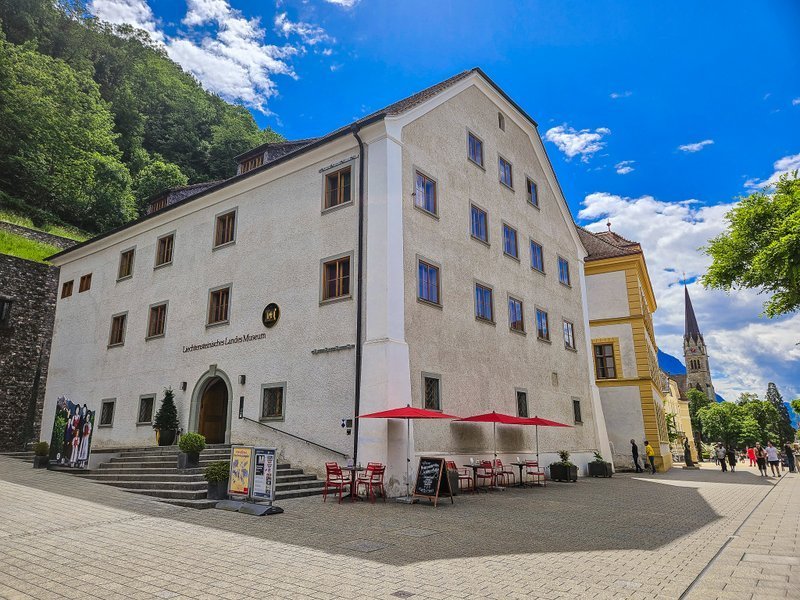
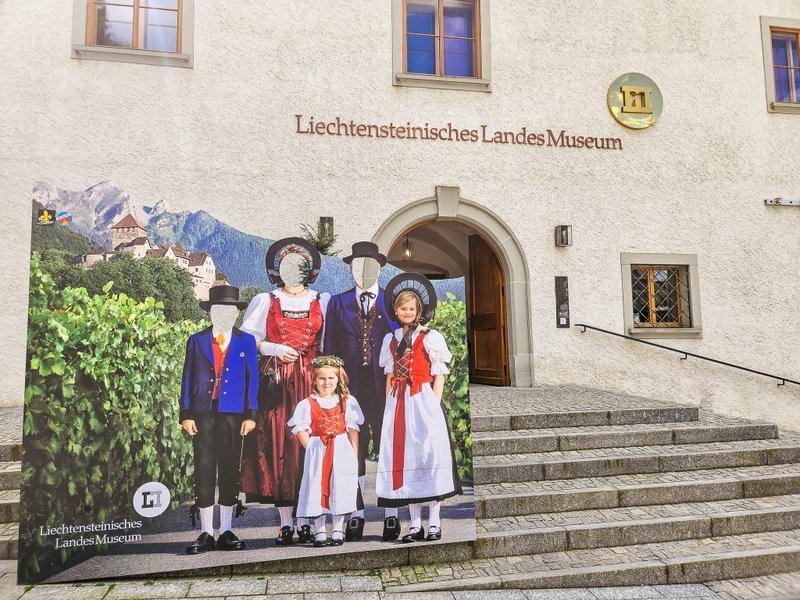
The animal section of the museum is interesting for children, while parents can enjoy a good coffee in the museum café after their visit, where you can feel like a prince. TIP: Admission to the National Museum is free with the Adventure Pass.
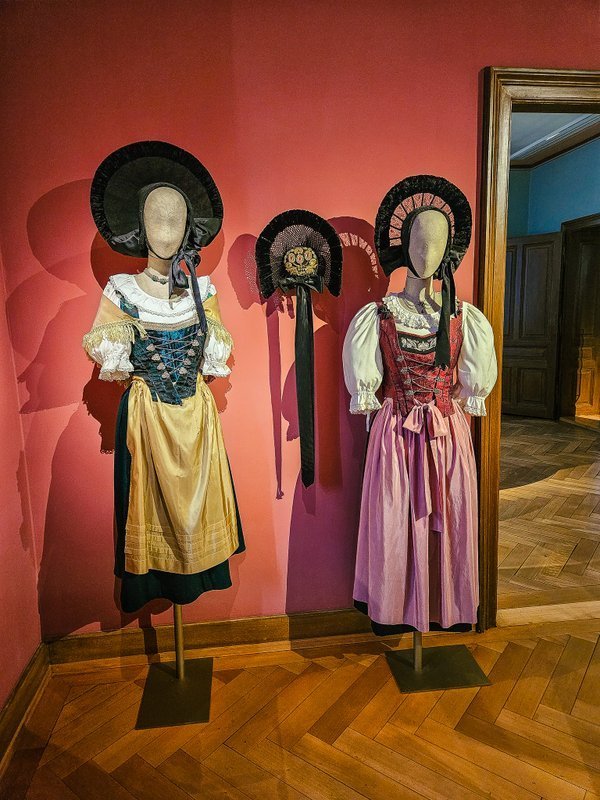
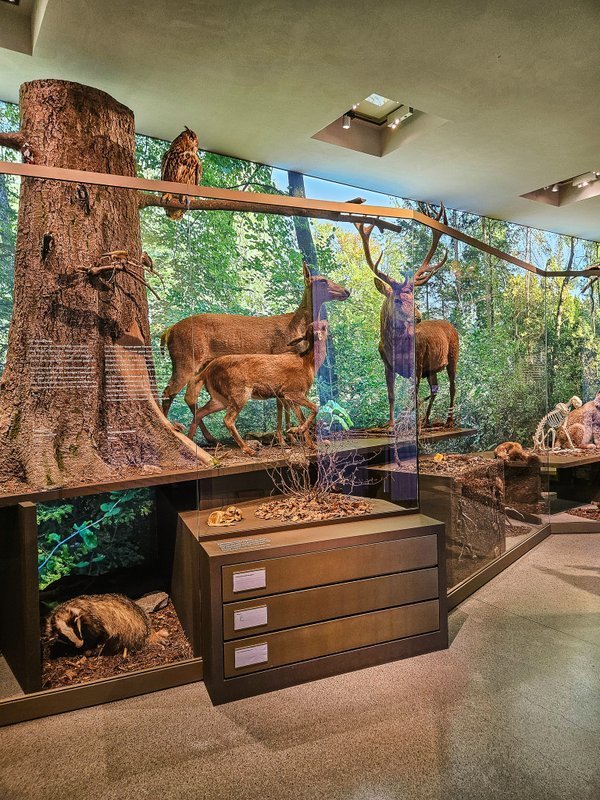
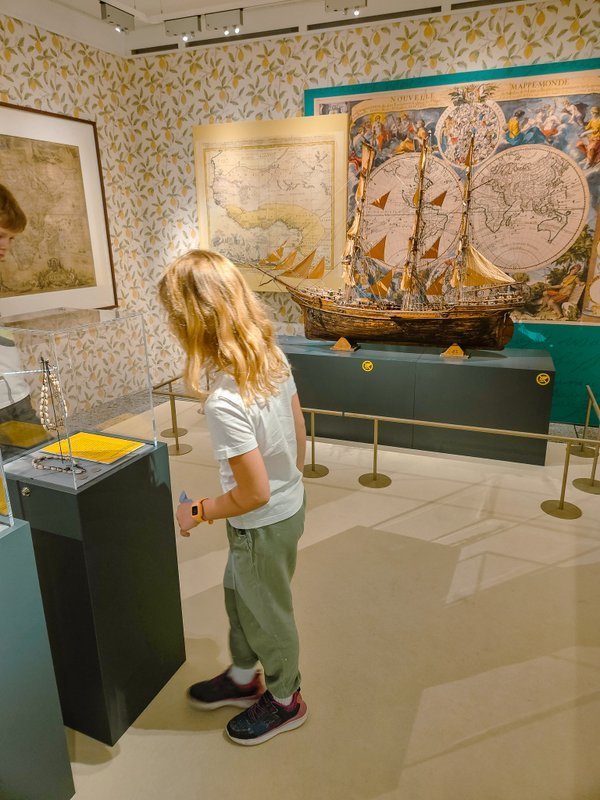
Post Museum
In the Post Museum, you can see beautiful stamps and other collector’s items that show how the postal service has developed over the centuries. Liechtenstein has been issuing its stamps since 1912, and a new series is issued yearly. Due to their artistic design, they are highly valued in the philatelic world. Admission is free with the Adventure Pass, and you will receive a small gift. If you want to visit the treasure chamber, you will receive a golden token and instructions on what to do next.


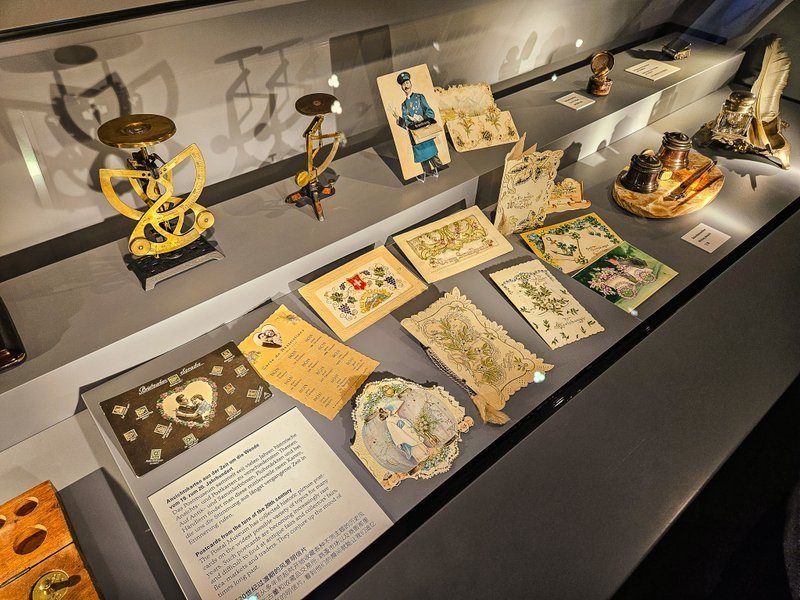
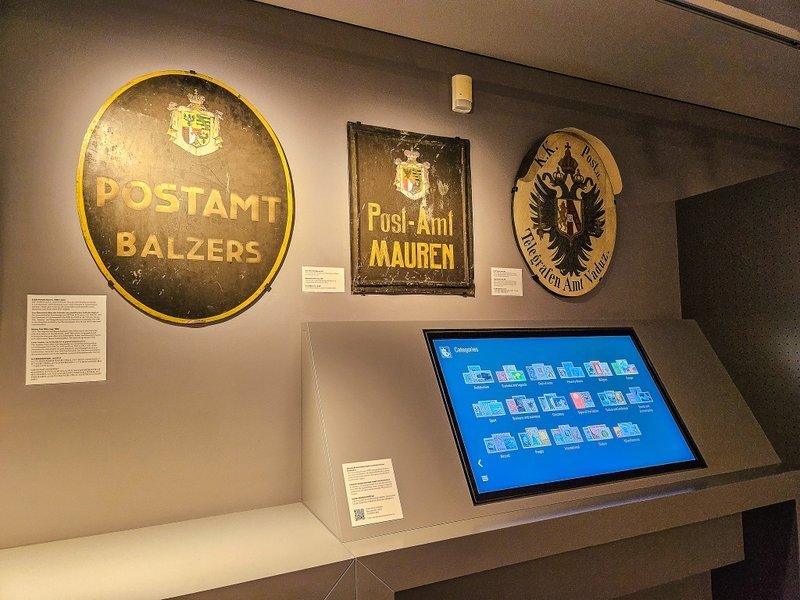
The Liechtenstein Treasury
The entrance to the Treasury of the Principality of Liechtenstein is located on the opposite side of the Postal Museum. As mentioned, you can enter the treasury with a golden token. After throwing it into the machine at the door, it opens, lets you into a tiny chamber, and closes again. You remain “trapped” in the gap for a few seconds before the door to the treasure chamber opens automatically. I can’t show you the treasures because you are not allowed to take photos here. They are undoubtedly the beautifully decorated princely crown and the world-famous Fabergé egg with apple blossoms. However, there is a whole collection of Fabergé eggs here.

Also displayed are the moon rocks collected by the astronauts on Apollo 11 and Apollo 17. And the Liechtenstein flag that the astronauts took with them to the moon. Why? During the Apollo 11 mission in 1969, NASA could count on the support of a Liechtenstein company. The company from Balzers investigated changes in materials when leaving the Earth’s atmosphere and produced a protective coating for the rocket. In gratitude, NASA presented the country with a national flag that had been on the moon. So, without Liechtenstein, there could have been no moon landing.
Art Museum
The modern, cube-shaped building, built in 2000, houses modern and contemporary art collections.
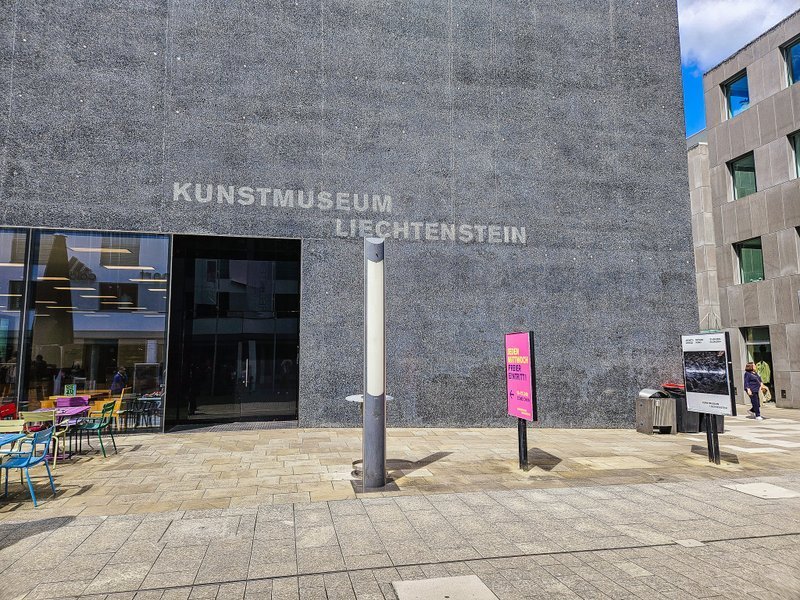
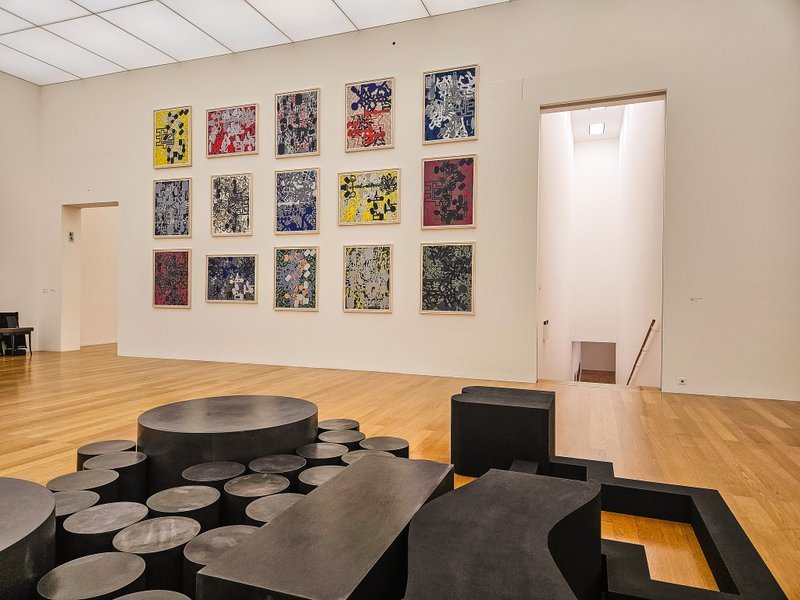
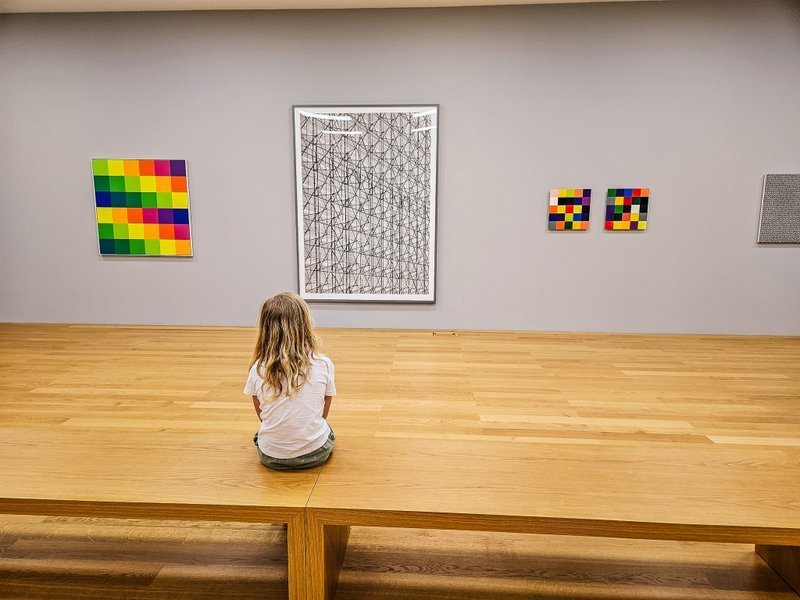
The Hilti Art Foundation exhibition building was added to the museum in 2015. The important Liechtenstein private collection contains outstanding classical, modern, and contemporary works.
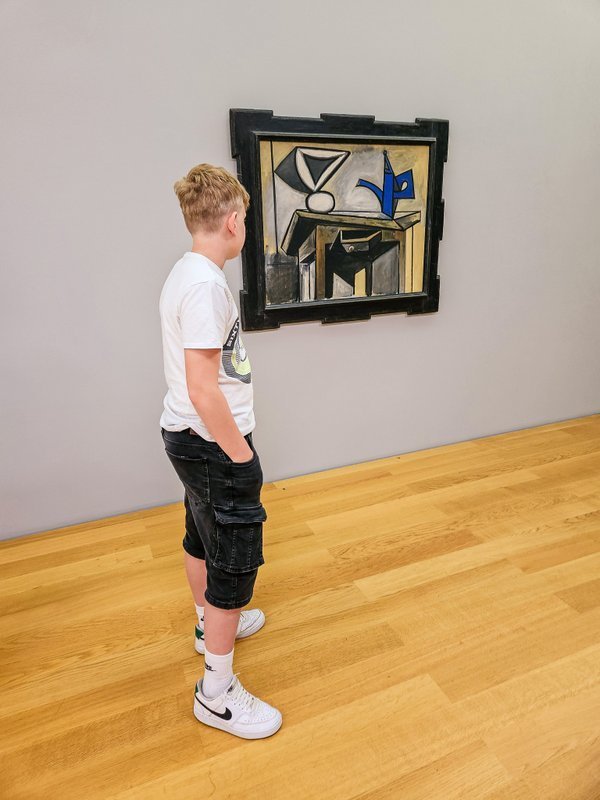
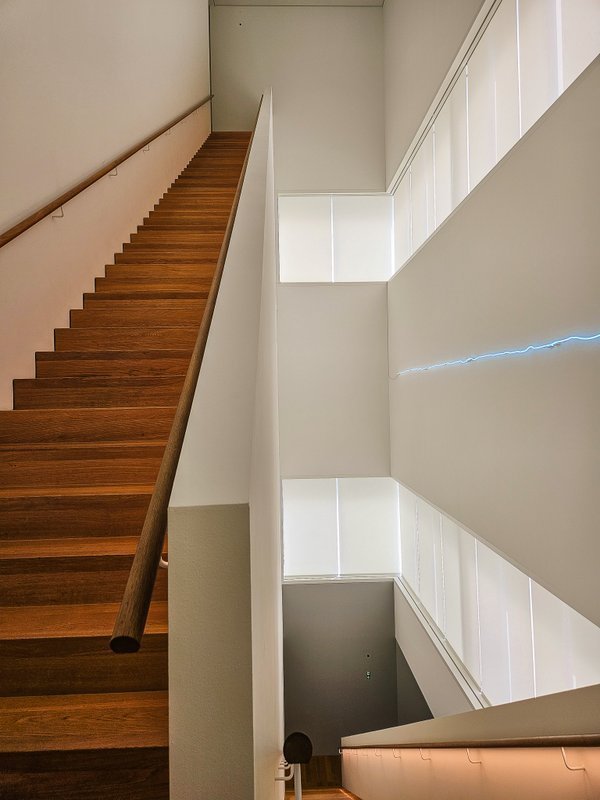
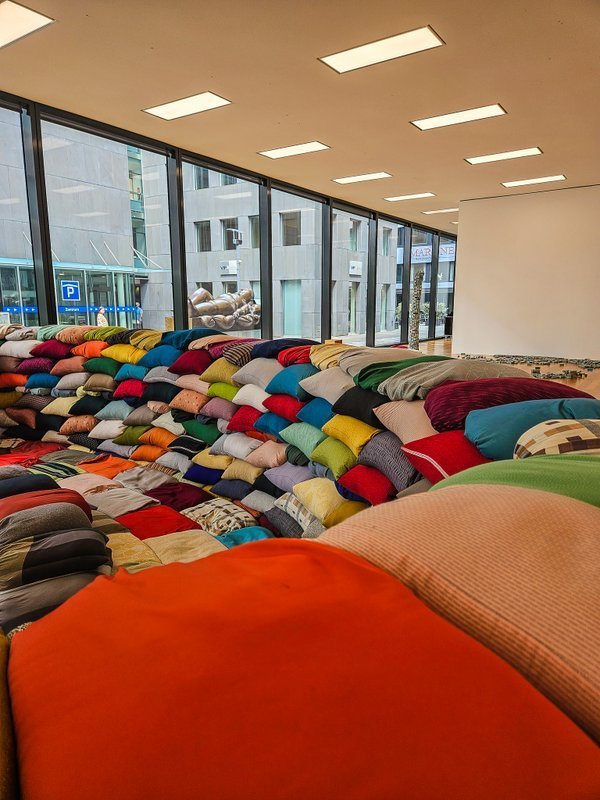
Artworks in public spaces
As you stroll through the Städtle, you can’t help but notice the 28 statues and sculptures by world-famous sculptors. They can be found in front of almost every important building.
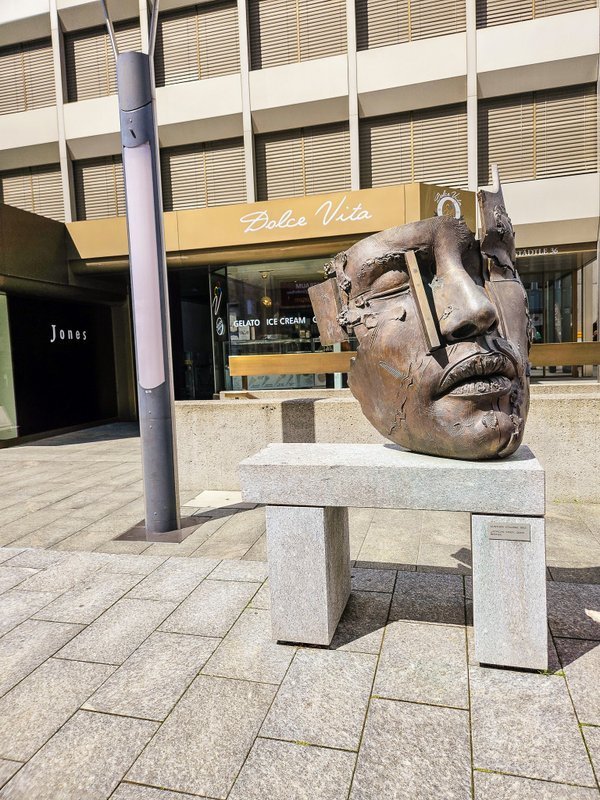
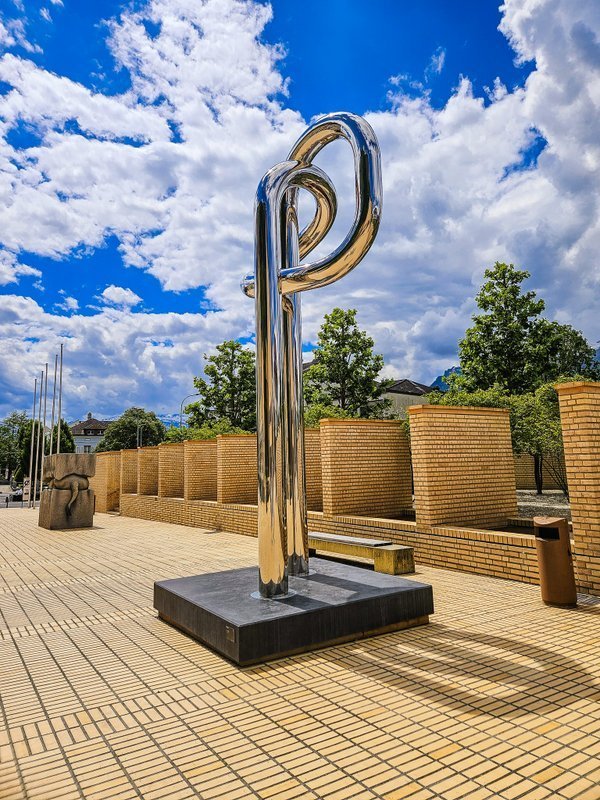
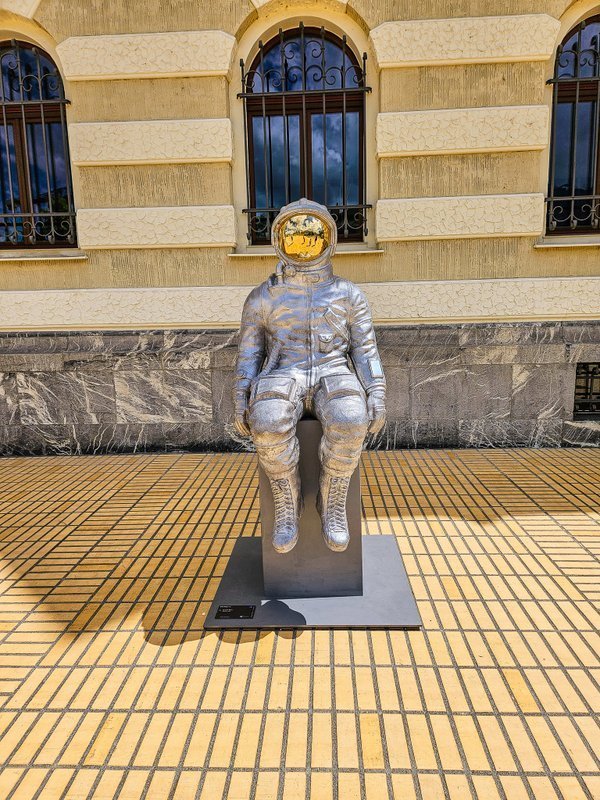
Other interesting buildings in Vaduz
Cathedral of St. Florin
The neo-Gothic cathedral is dedicated to St. Florin, the patron saint of the Venosta Valley. Right next to the cathedral is the “Princely Crypt,” the burial place of the Princely Family. Among others, the father of the currently reigning Prince, Franz Joseph II, and his wife, Princess Gina, are buried here.
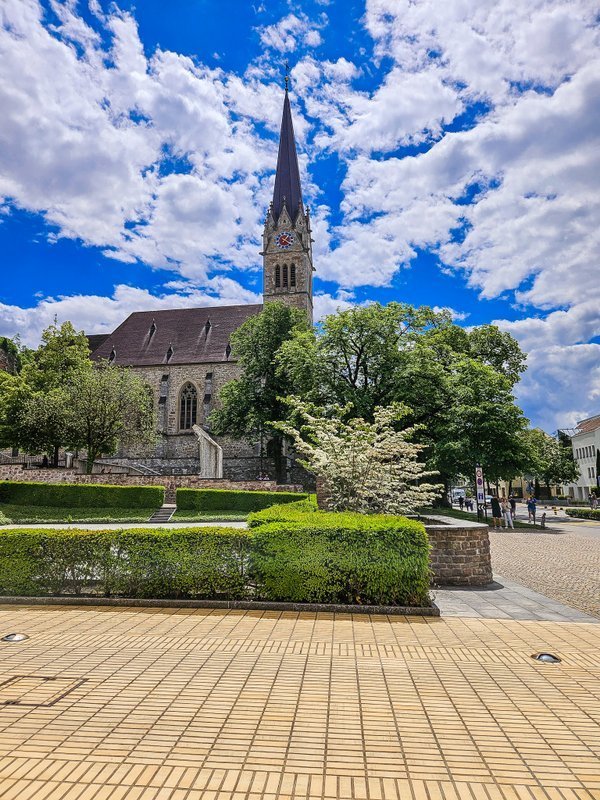
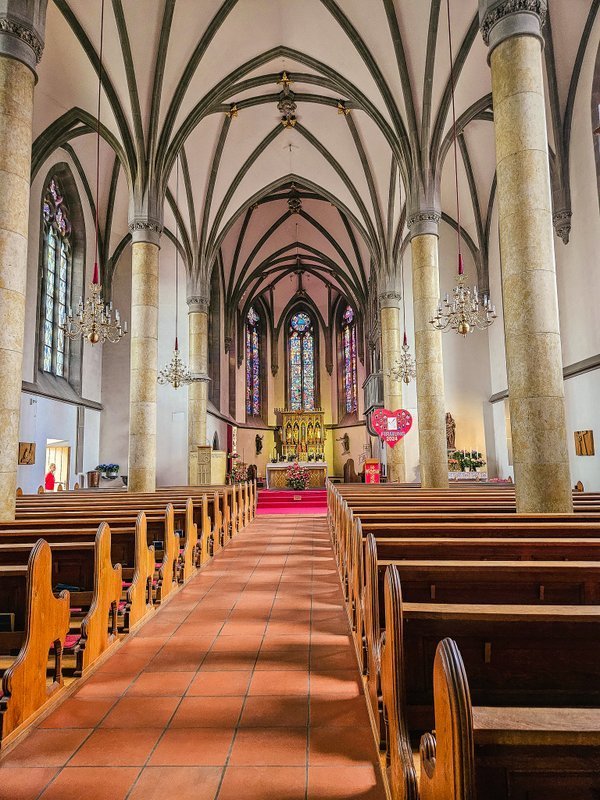
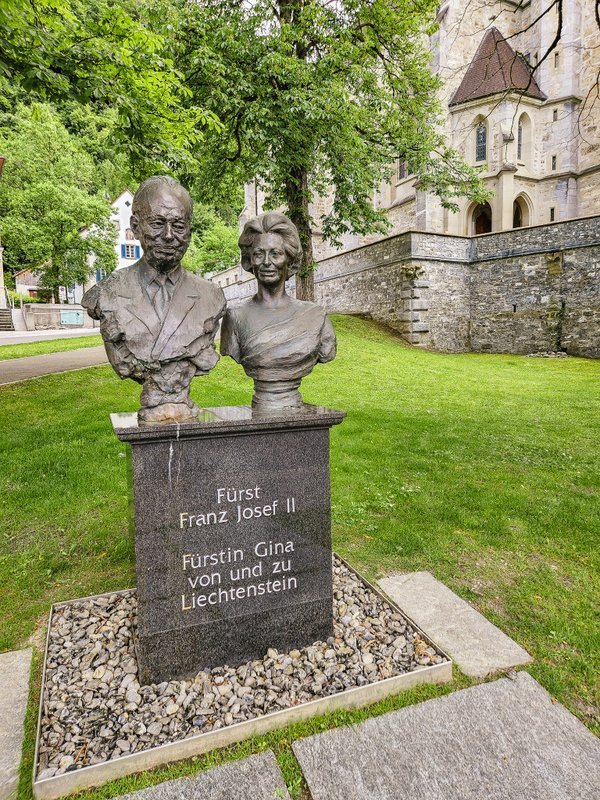
Government building of the Principality of Liechtenstein
The government building is the administrative center of Liechtenstein and was the seat of parliament before the new building was opened in 2008. Today it houses the State Archives.
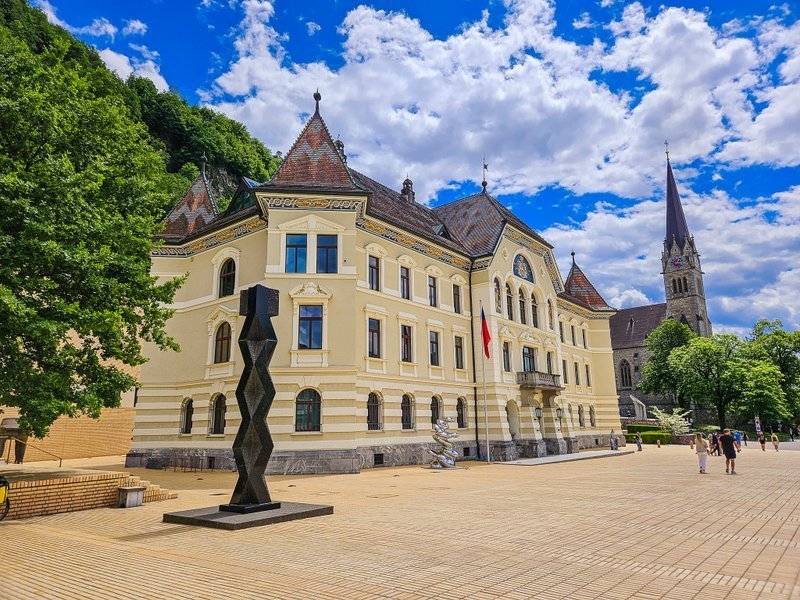
Parliament of the Principality of Liechtenstein
This modern building has been the new seat of the state parliament since February 2008.
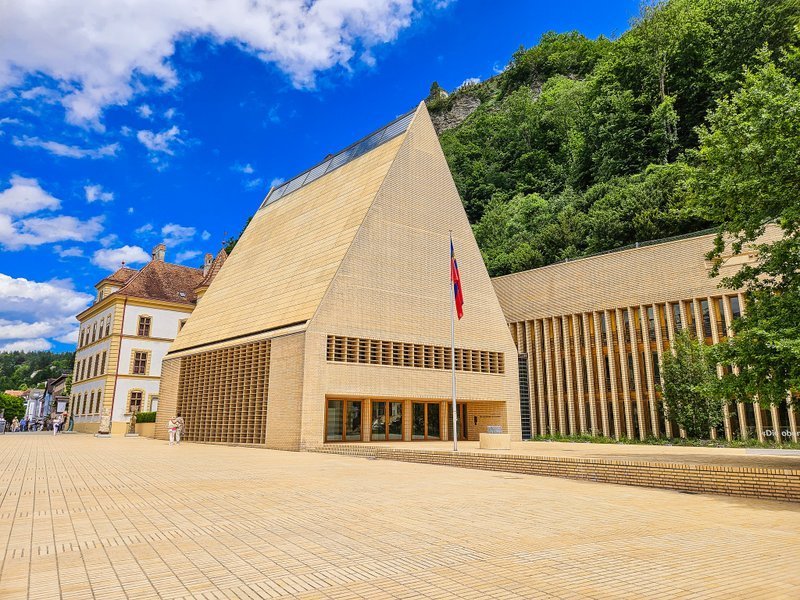
Vaduz Castle
As I have already mentioned, the castle (a rebuilt medieval fortress), perched on the rock above the town, is the seat of the Princely Family. Interestingly, the family only moved to Liechtenstein permanently in 1938 due to the Nazi occupation of Czechoslovakia. Until then, the Princes of Liechtenstein spent most of their time not in Vaduz but in Vienna or on their Moravian estates. You can reach the castle on foot or by car (there is a parking lot nearby).


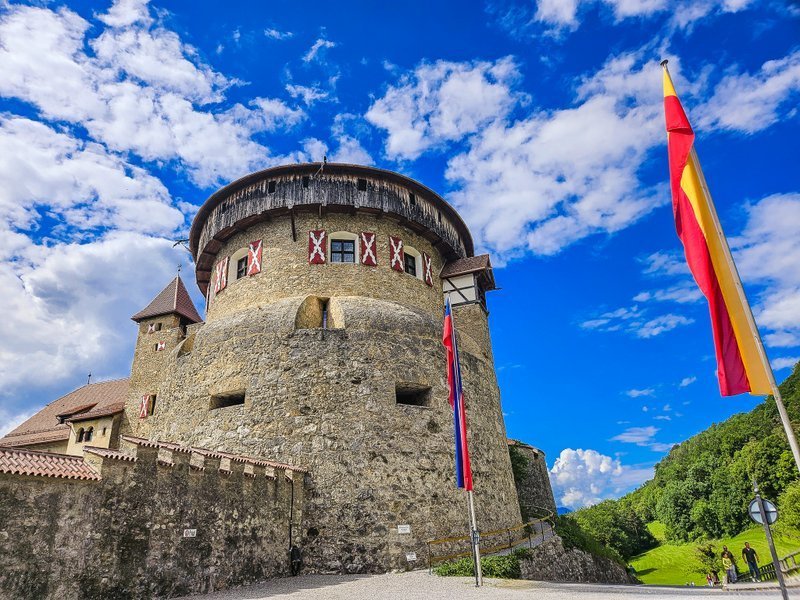
Day 2: Malbun – a paradise for families
If your plans for a weekend in Liechtenstein include outdoor activities (which I highly recommend), you can head to the mountains. The mountain village of Malbun is located at an altitude of 1,600 meters and is ideal for families and nature lovers with its beautiful alpine landscape. Bus route 21 goes directly to Malbun. The journey from Vaduz’s post office to Malbun’s center takes 30 minutes.

Liechtenstein is a hiker’s paradise. One of the most popular routes is the Princess Gina Trail, which takes around five hours and offers beautiful views of the Alpine landscape. The less than five-kilometre-long Explorer Trail (details in this post) is easy for younger children to manage. After or before the hike, children can have fun on the large playground with swings and rope elements right in the center of Malbun. Speaking of swings: A five-kilometre-long “Swing trail” leads from the Sareis cable car station.

Where to stay in Malbun
The JUFA Hotel Malbun***s is located right at the village entrance. It has 58 rooms and is ideal for families with children. In winter, it has the great advantage of being right at the foot of the slopes. There is also an indoor and outdoor playground. There is also a wellness area with a sauna (children have access in the afternoon, adults in the evening).
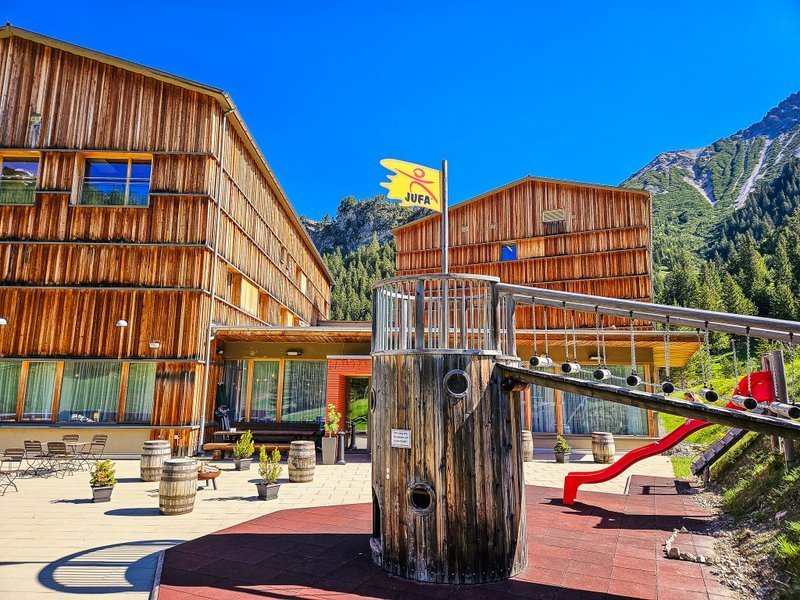
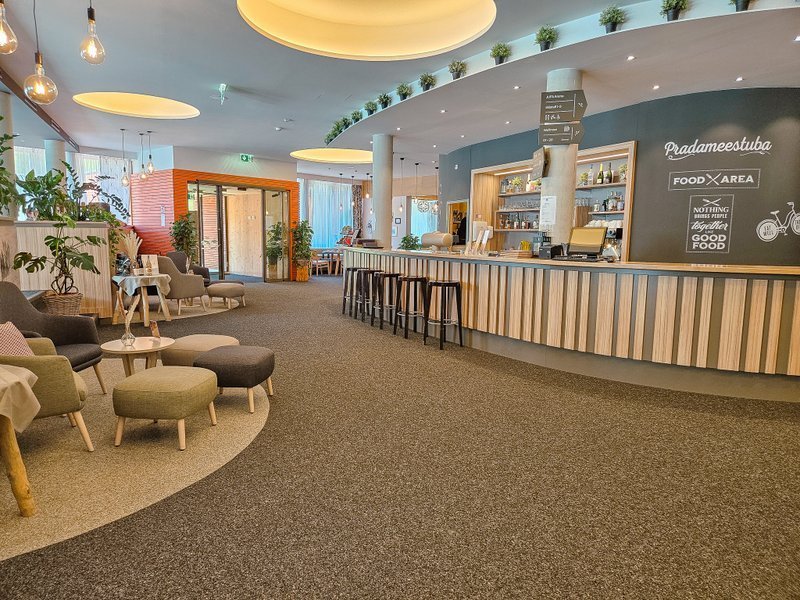
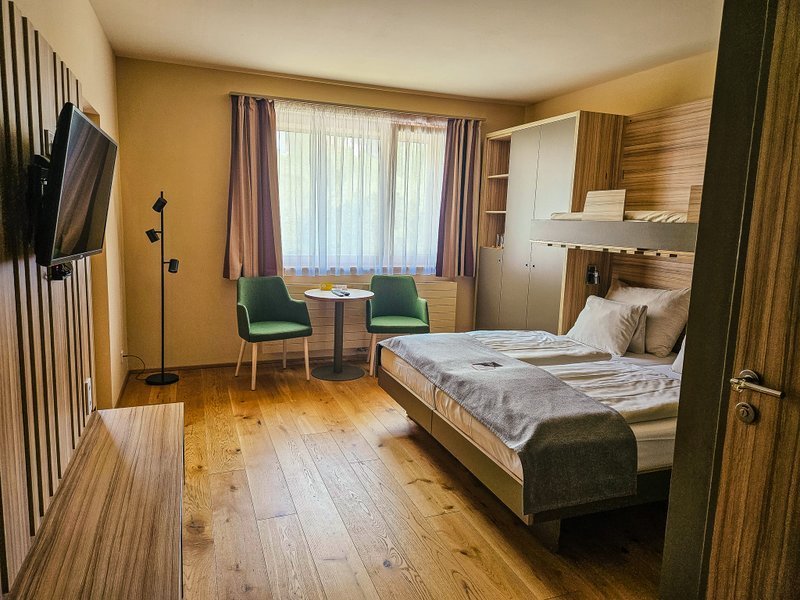
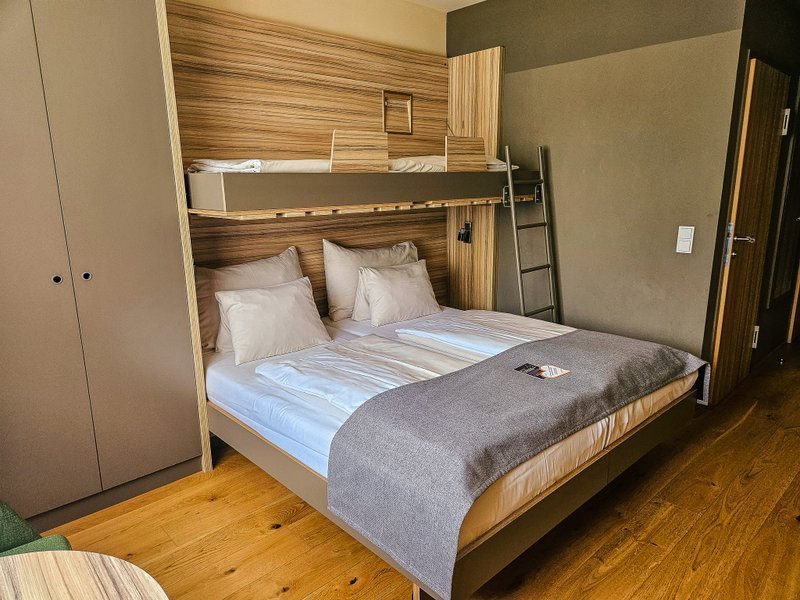
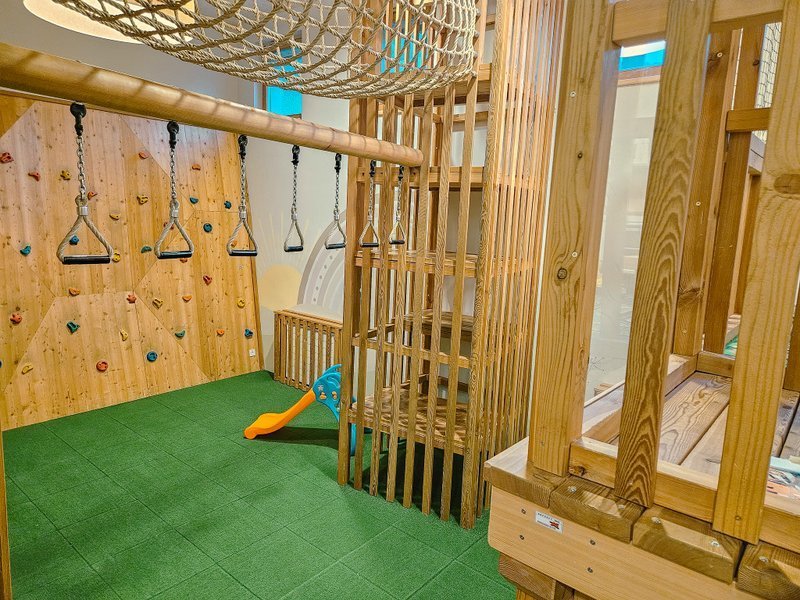
Liechtenstein’s traditional dishes include Ribel and Liechtensteiner Käsknöpfle, but there are other culinary delights to try at the JUFA Hotel Malbun***s. Highchairs and barrier-free access are standard here.
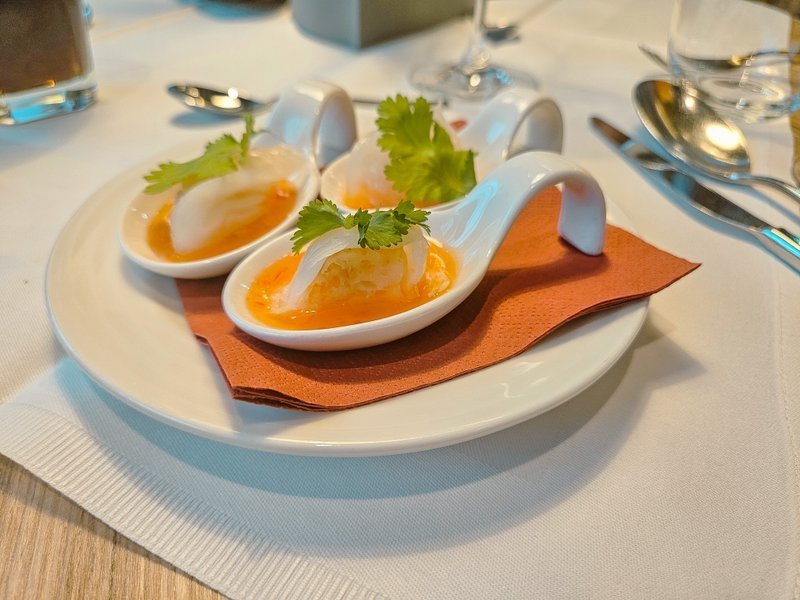
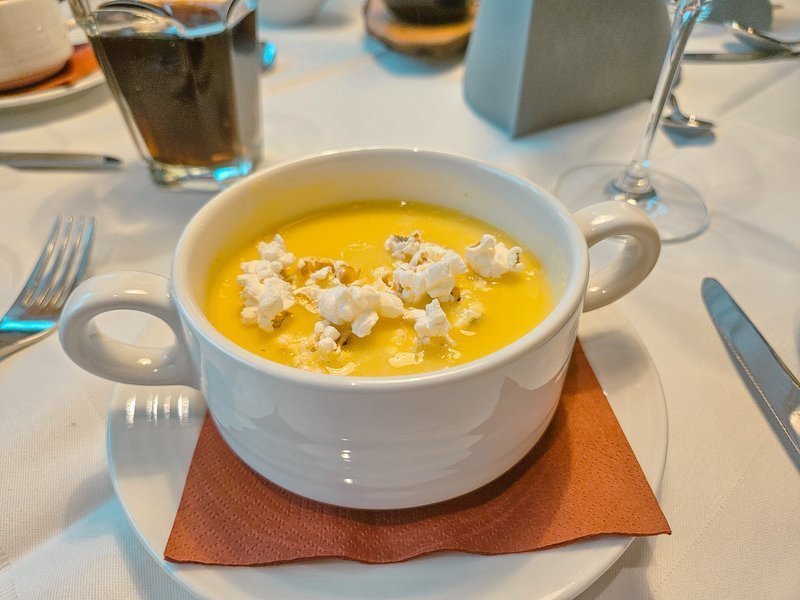
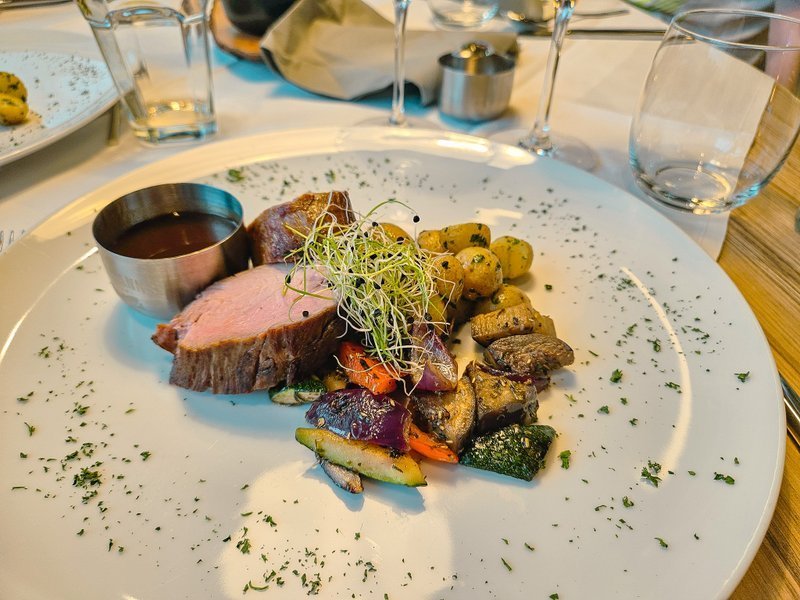
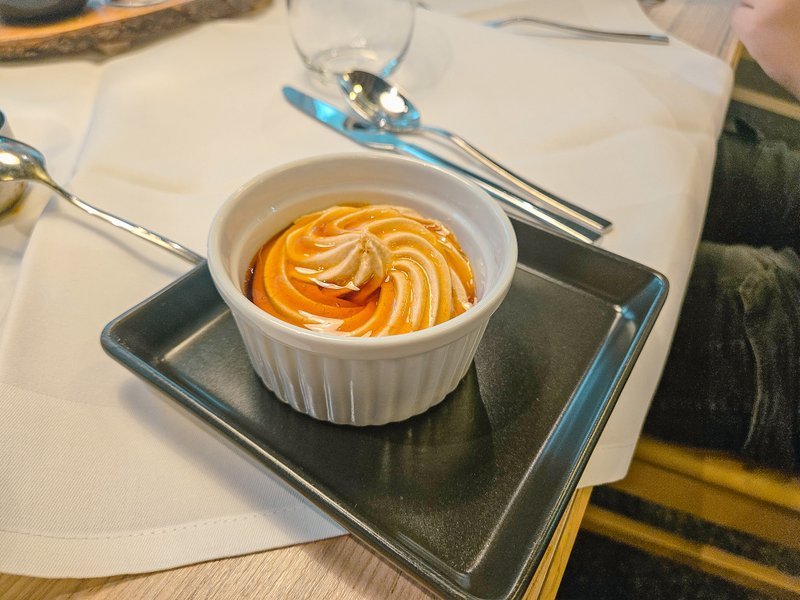
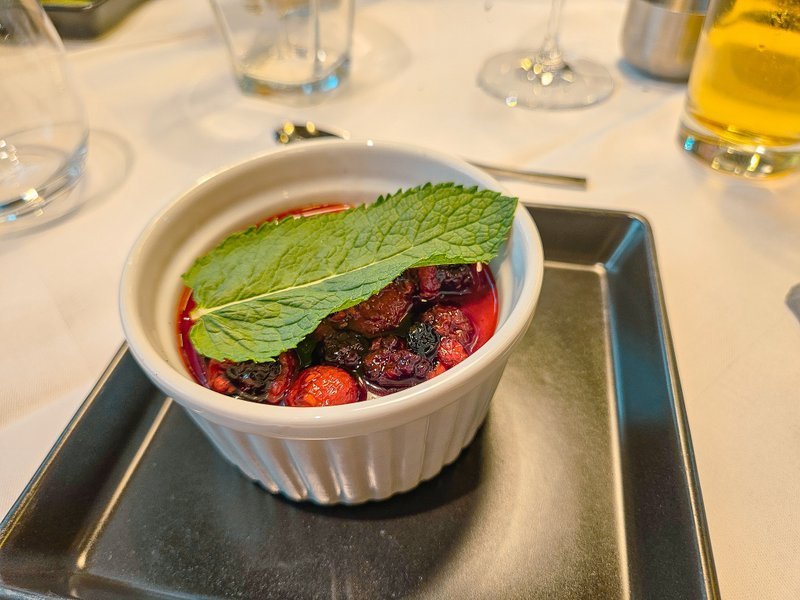
“All inclusive” with Adventure pass
With the Adventure Pass, you can enjoy 30 attractions and offers worth over 300 francs in Liechtenstein. A one-day adventure pass costs 25 francs for adults and 17 francs for children (6-15 years). A two-day adventure pass costs 29 francs for adults and 19 for children (6-15 years). Children under the age of 6 have free admission and ride for free. Considering that the Adventure Pass includes admission to the museums and travel on the buses, the Citytrain, and the aforementioned cable car to Sareis, this is a real bargain. The Adventure Pass can be ordered online or purchased at the Liechtenstein Center tourist office (Städtle 39, 9490 Vaduz).
